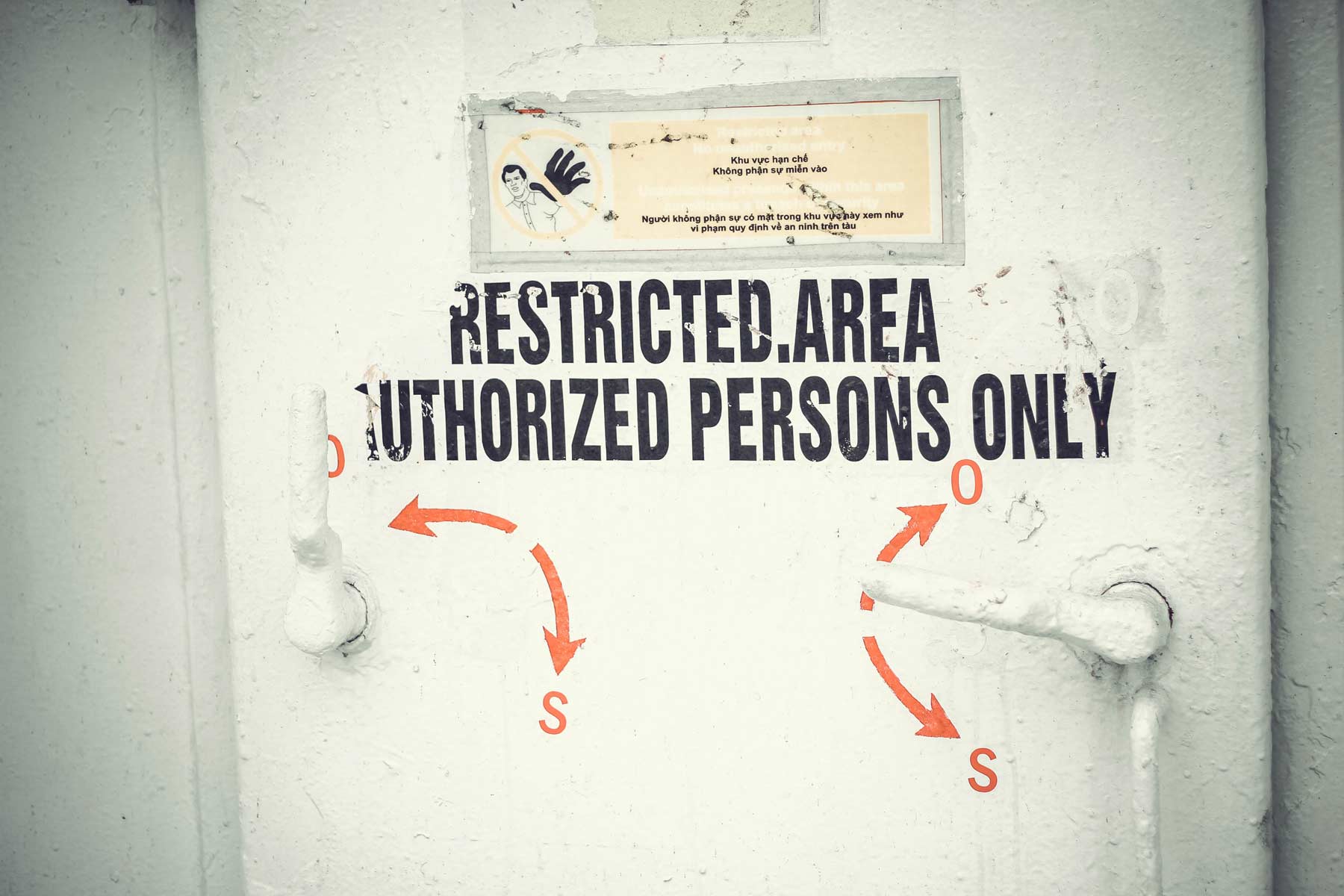The cyber world requires businesses to take steps to protect their data from malicious access. There are a range of tools you can use to enhance your business’s cybersecurity. Two tools you can implement for added protection are two-factor authentication (2FA) and two-step verification (2SV). These terms may sound similar, but they are actually two different security approaches.
There are three methods of authentication:
- Knowledge- something the user knows
- Possession – something the user has
- Inherence – something unique to the user
Two-factor Authentication
Two-factor authentication requires your users to provide two different types of credentials to authenticate their identity and log in to their accounts. The first factor or credential is typically something the user knows such as a password. We all know we should create long, complex passwords unique to each of our accounts, but how many of us actually do? Relying on just a password for security is known as single factor authentication and may not be enough to protect your account. The second factor in a 2FA process could be a one-time passcode sent via text message or e-mail or the answer to a security question. Enabling 2FA for your business accounts makes it more difficult for cybercriminals to gain access. Even if they obtain the first credential or factor such as a password, they will not be able to log in without also having access to the second factor. However, the password, passcode and security question answer are all pieces of information, representing only one type of authentication method.
Two-step Verification
Two-step verification, like 2FA, requires two pieces of information to access an account. The difference between the two methods is in the number of different authentication types required to gain access. A 2SV security system may require a user to utilize a keycard or USB token (something the user has) and a password (something the user knows). Another system may require a user to enter a password and then utilize a scanner to read their fingerprint (something unique to the user). The easiest 2SV system for small businesses to implement involves the use of a code generated by an app such as Microsoft Authenticator as the second form of authentication. By using a password (something the user knows) and a one-time passcode sent to an application on the user’s device (something the user possesses) adds increased security over a 2FA process.
Implementing 2FA and/or 2SV on your business accounts can reduce the risk of unauthorized access, improve your business’s ability to meet industry and government standards for data security, and minimize the chance of fraud or data theft. But how do you know what’s best for your business? It depends on the size and complexity of your organization, the type of data you store and the level of security you require. For example, a multifactor authentication system using both 2FA and 2SV might be the most appropriate solution if you are storing sensitive customer data such as credit card information, while a 2FA system might be sufficient for protecting your e-mail accounts.
At expertIT, we help our clients select the best authentication solution for their business’s unique needs and requirements. Contact us today to discuss your needs with an experienced security professional to ensure you are making the right choices for your business.

